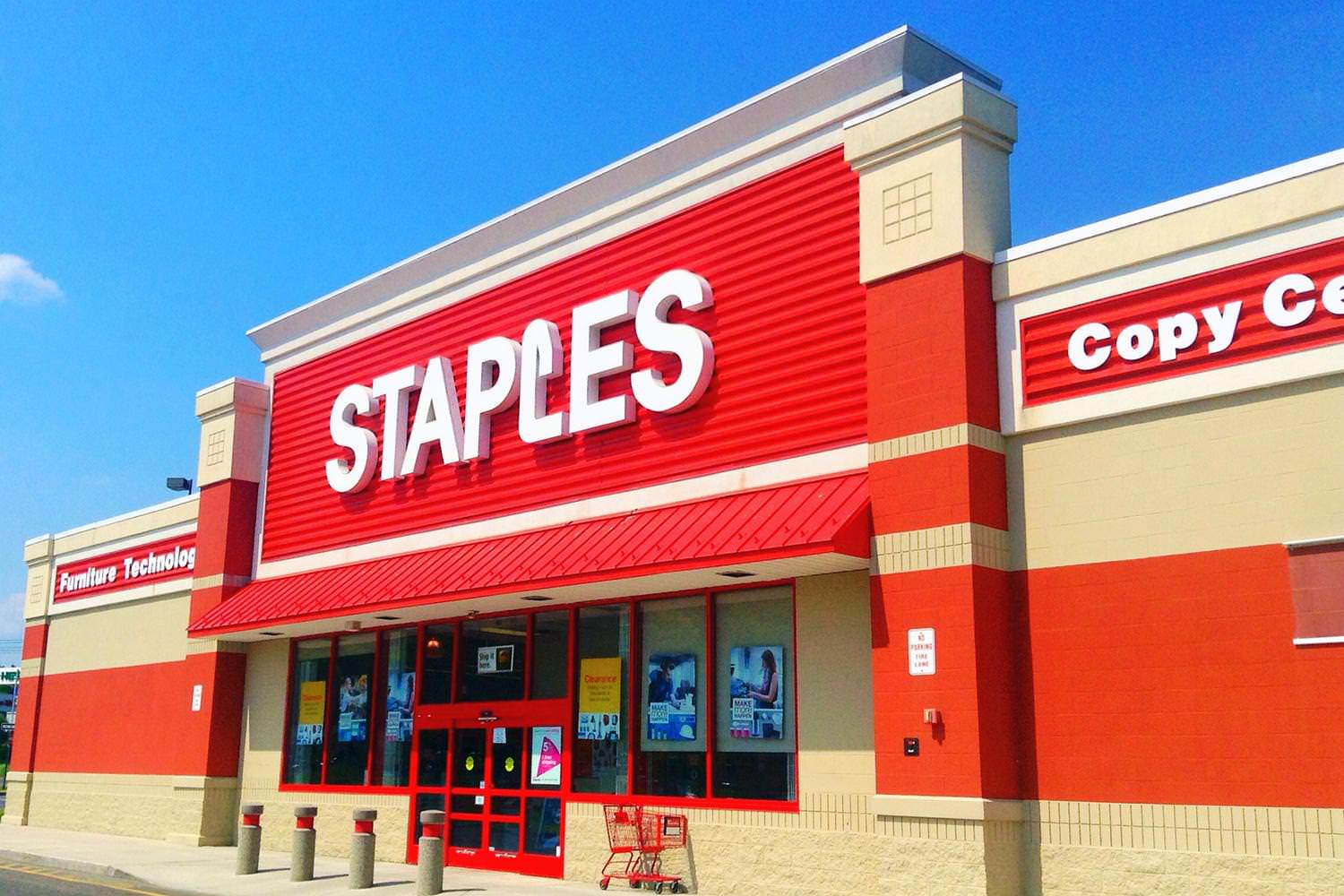As Brexit and QE dominate headlines, do opportunities still exist in Europe?
by, Richard Nield, Senior Portfolio Manager, Invesco Canada
The investment landscape in Europe is dominated by speculation on the future of Brexit and quantitative easing (QE). As bottom-up investors, our objective is to identify companies that we believe can thrive no matter what path these issues take. We do this by focusing on companies’ earnings, quality and valuation (EQV) characteristics. Looking toward the end of the year, here is what we see.
U.K.: Finding companies that can withstand Brexit
This summer, U.K. voters elected to leave the European Union (EU). In order to make that a reality, the government must invoke Article 50, which will officially trigger the exit process. We expect to see that happen in early 2017. Also, it appears that the U.K. may simply leave the EU’s customs union and its single market, rather than forge some kind of interconnected relationship in the pattern of Norway or Switzerland. In addition, it appears that politicians may not prioritize protection of the financial services industry in the exit negotiations. This has led to fears that the sterling has more room to fall and that London could lose its position as a global financial center.
The Bank of England has suggested it is prepared to see inflation overshoot its targeted level, so either companies will try to pass that along, squeezing consumers, or corporate profit margins will bear the impact – or a combination of both. U.K. retailers and consumer goods companies have already indicated they may need to raise prices in 2017 to protect margins.
Our take. While the consensus expectation is for a recession and housing correction in 2017, we believe the U.K. economy is not as bad as feared. Expectations are already low, and we believe the government is likely to impose a stimulus to support housing. In our strategies, many of our U.K. holdings earn a majority of their revenue from outside the U.K. and Europe, so we believe any negative impact from Brexit may be muted. In fact, we added to some of our U.K. holdings immediately after the Brexit vote as valuations became very attractive, including Next PLC and Lloyds Banking Group PLC (1.02% and 0.91%, respectively in Invesco International Growth Class and 1.31% and 0.92% in Invesco European Growth Class as at Sept. 30, 2016.)
Europe: Low rates are keeping valuations elevated
Growth expectations in Europe fell in the first three quarters to between 1.0% and 1.5%, but fortunately expectations were never at a robust level.1 For that reason, the earnings revision picture is only slightly negative. The euro has been mostly flat against the U.S. dollar this year, but still sharply down from two to three years ago, which has made the region more competitive.
The pattern of the last few years has been for large-cap European companies with a high mix of international operations to grow faster than the domestic players. That gap narrowed somewhat as emerging markets slowed in 2014 and 2015, but overall the theme remains.
The European Central Bank (ECB) is starting to think about its own end game for QE, but for now it intends to see it through until we experience higher inflation. Criticism about the success of ECB President Mario Draghi’s QE program is becoming more heated because it has not translated into faster credit growth or made certain banking jurisdictions within Europe safer. If anything, it has delayed much-needed fiscal and structural reforms in countries like Italy and France, because while the government sees lower sovereign yields as a sign of strength, the market is saying that long-term deflationary headwinds have not been addressed.
Our take. We remain attracted to companies with strong international operations to help drive growth, and strong franchises that we believe can do well versus local companies. Valuations in Europe look full, with low interest rates keeping them elevated, but on a relative basis they are more attractive than the U.S., in our view, and margins are well below peak.
Sectors: A mixed view
Europe has experienced sharp differences in sector performance this year, both positive and negative. We have seen a meaningful recovery in energy and material-based companies as commodity prices have recovered. That has also benefited high-quality cyclicals within capital goods and industrials.
Inexpensive sectors such as telecommunication services and, more recently, health care are underperforming on cyclical headwinds. The health care sector has come under pressure: Some companies were being overly aggressive with pricing, causing political rhetoric to heat up and leading to fears of U.S. pricing moving negative in 2017.
Financials have lagged despite having attractive valuations as lower interest rates have made it more difficult to grow revenue and margins. Financials exposure in Invesco International Growth Class largely comes from wealth management, market exchanges and insurance, where we see better earnings drivers without the same regulatory headaches. We have been bearish on pan-European banks for years, and while the valuations are appealing, very few earn above the cost of capital.
New holdings: Looking for opportunity
In the second quarter, we initiated a positon in Wolters Kluwer NV (0.39% in Invesco International Growth Class and 0.49% in Invesco European Growth Class as at Sept. 30, 2016), an information company with a subscription-like model that delivers analytics and solutions to professionals such as doctors, accountants, lawyers and regulatory compliance officials. Top-line growth has accelerated and it has deleveraged its balance sheet to a level significantly below its targets, allowing it to initiate a buyback program and keep growing its dividend.
We have also found opportunities outside of Europe. Earlier this year, we also initiated a position in PrairieSky Royalty Ltd. across several other funds our team manages (1.19% of Invesco Canadian Premier Growth Fund, 0.78% of Invesco Canadian Balanced Fund and 0.59% of Invesco Global Growth Class as at Sept. 30, 2016). The company is the largest Canadian owner of oil and gas royalty rights. What makes it an attractive business, in our view, is that it gets paid for exploration and production companies to drill on its lands, so the company earns very high margins and spends nearly zero capital to grow. It is one of the few companies in this weak price environment that can generate positive free cash flow, in our view.
This post was originally published at Invesco Canada Blog
Copyright © Invesco Canada Blog














